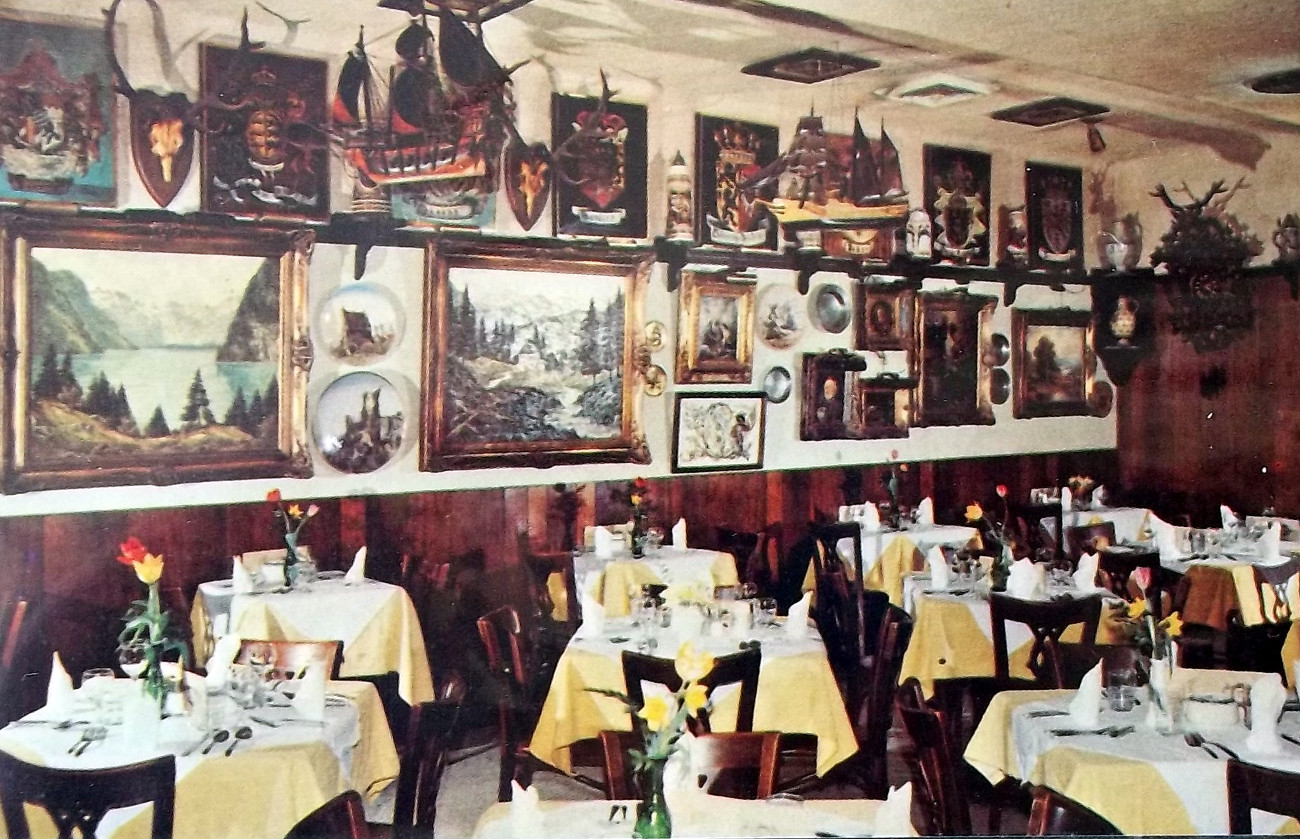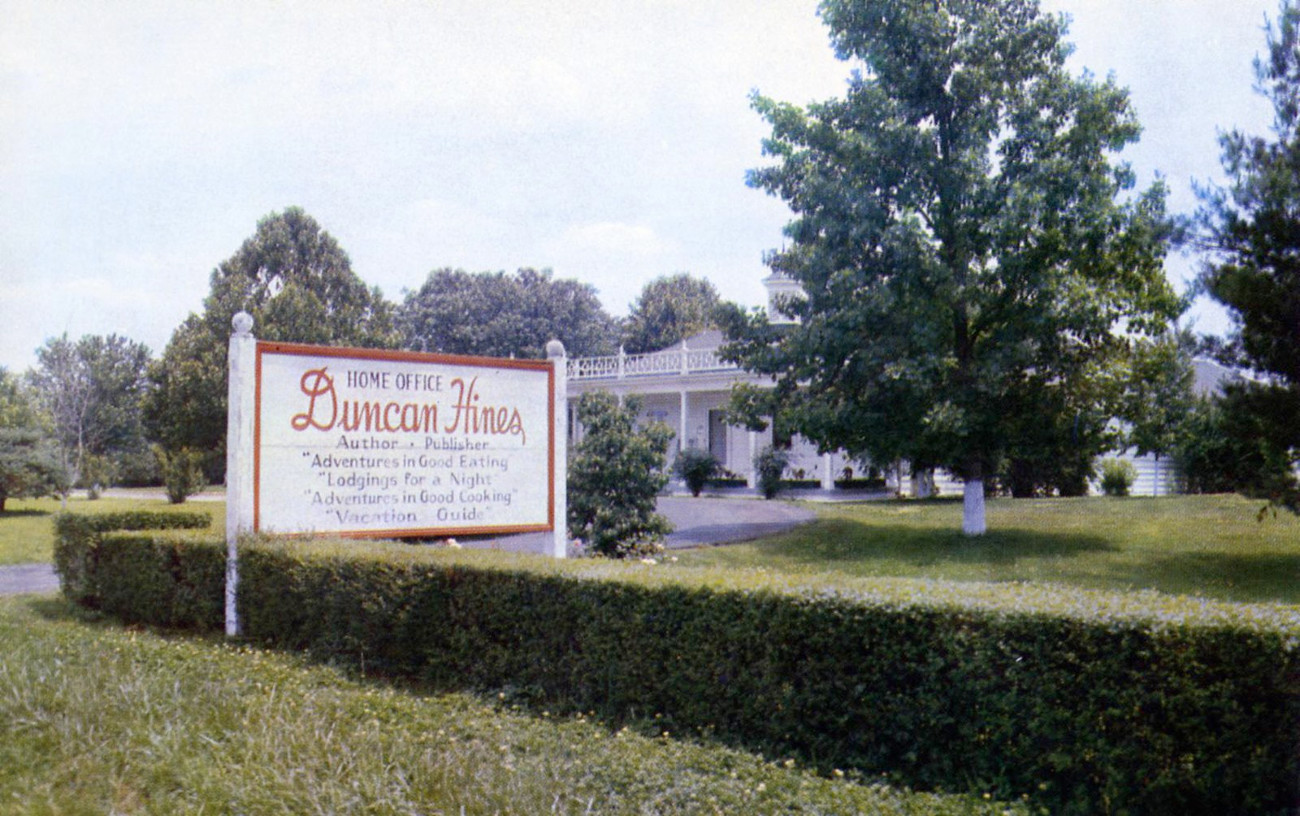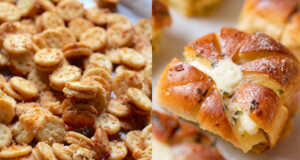When we think of Duncan Hines and we think only about cake mix boxes, but the name isn’t made up by some marketing team, Hines was actually a real person. In an era before the internet, Duncan Hines became an authority in clean restaurants and delicious food. He created not just a format of grading but also established a recommendation culture within the restaurant and travel industries.

Duncan Hines wasn’t a chef, in fact, he didn’t have any cooking experience, for most of his life he was a traveling salesman, working for various retail companies. In his twenty-year career of business traveling (from the 1920s through the 1940s), there was no set system to rate or review restaurants. Recommendations were localized, only spreading by word of mouth, which made it hard for an outsider like Hines to find a good dinner in a new location. Though the Michelin Guide cross the Atlantic from Europe in 1900, outside of metropolitan cities, the restaurant world was unrated, most restaurants, especially new ones, weren’t even on maps.

Fixated on finding a good meal, Hines kept a journal in his front jacket pocket, jotting down information that wasn’t conveyed nor discussed before. He wrote about the heat or air conditioning, hours of operation, and meal prices. His guide highlighted regional specialties, which were dishes travelers couldn’t get in their hometowns, this made restaurants not just places to eat but destinations to seek out.

Duncan Hines’s focus on cleanliness was unique, especially during an era when there was no national standard for food safety. He talked about sanitation just as much as he talked about food. As a self-made restaurant critic and health inspector, Hines would always ask the restaurant if he could enter and inspect the kitchen, if they declined he refused to recommend them. He even went so far as to check how the garbage was piled up in the back of the restaurants.

By 1935 Hines had gathered a long enough list (some 475 restaurants) compiled into a single self-published book called Adventures in Good Eating. The book’s popularity coincided with the development of a national roadway system; coast-to-coast roads, like Route 66, gave people the ability to explore outside of where they lived. The initial cost of the pamphlet was $1, and he raised it to $1.50 in 1936, but the price stayed the same until 1961.
After publishing his guidebook, Hines didn’t stop exploring, he continued to look at new restaurants and revisit old ones. Hines’s fastidious standards meant that if restaurants failed to meet his expectations again, he would rescind his recommendation. He always used a younger picture of himself so restaurateurs wouldn’t know his identity when he dined at their business, hiding one’s public appearance is something all food critics do today. Travel leisure boomed after World War Two and with it came the demand for more of Hines’s recommendations. He published several more books and each year he revised and updated Adventures in Good Eating.

By the time he retired in 1954, his pamphlet was a staple in everybody’s glove box. A “Duncan Hines Recommended” sign was the equivalent of a positive online review. In the early 1950s, he sold the rights to his name and became an entrepreneur using his name to sell foods like bread, ice cream, and the cake mixes we know today.

The best thing to remember about Duncan Hines was his ability to appreciate not just fancy food, but simple classic down-home comforts. To him, quality was not in the price but in the effort and care that was taken into making a great-tasting meal.













